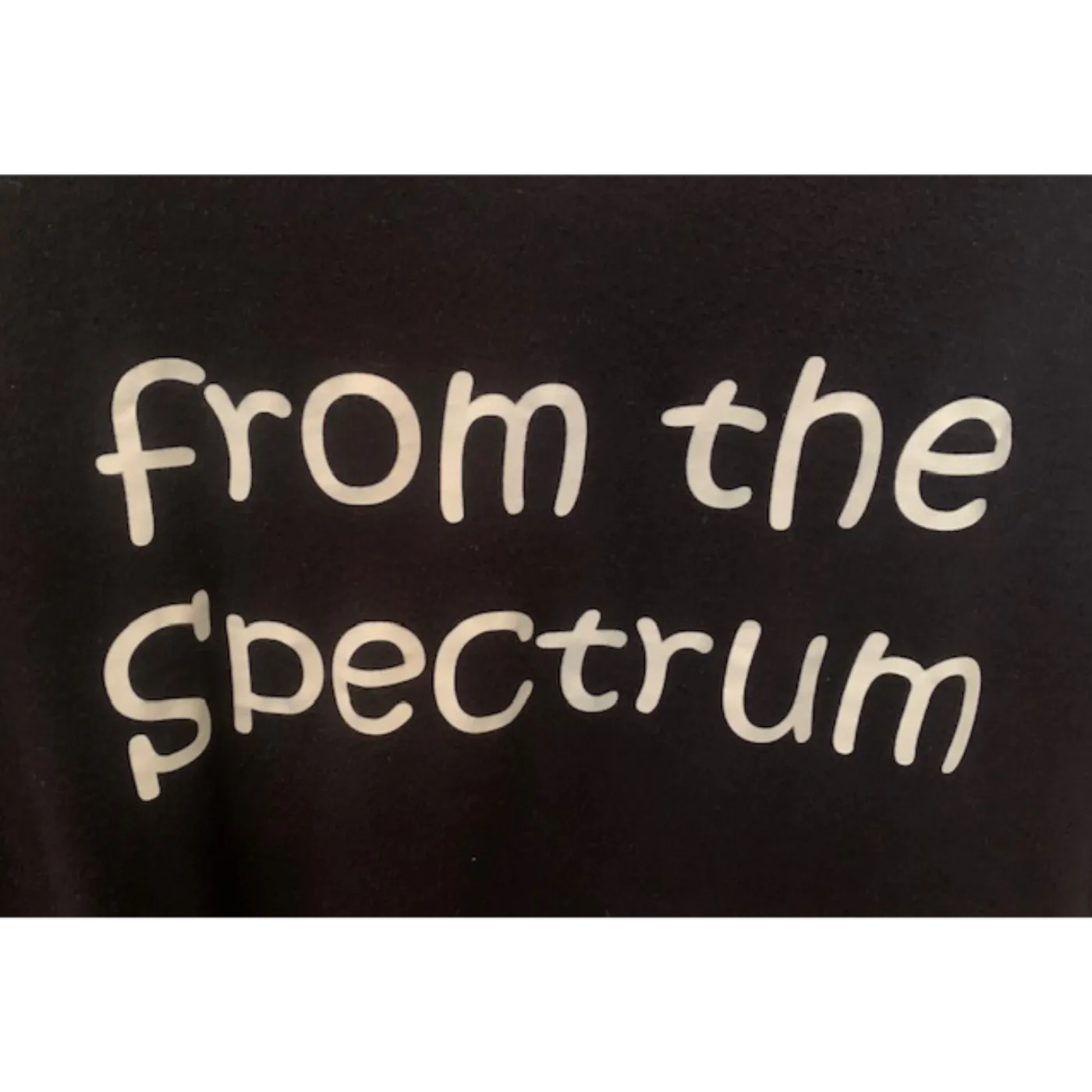
From the Spectrum: Finding Superpowers with Autism
Part 2: Excitation / Inhibition Imbalance with Autism and Metabolic "Bank" Account and Demands, and Background Biology
In Part 2 of the Excitation and Inhibition phenomena, we discuss Metabolic "bank" account and demands of navigating the social world. We discuss if we have enough resources or if we will run a metabolic deficits (think burnout and avoidance, and social isolation). We cover NMDA and AMPA and different Autistic Phenotypes. In addition, we review Neuromodulators, which are vast in our biology and determine how and where to direct our attention and energy. Lastly, we discuss the medial Prefrontal Cortex and how it integrates the "self" with the outside world.
Don't try to change an Autistic person because they are different than you or different than others. Don't let that offend your beliefs and capacity to apply critical thinking in life.
https://www.nature.com/articles/s41398-023-02317-5
https://www.ncbi.nlm.nih.gov/pmc/articles/PMC5723386/
https://www.nature.com/articles/s41398-018-0155-1
https://www.nature.com/articles/nature10360
https://onlinelibrary.wiley.com/doi/full/10.1034/j.1601-183X.2003.00037.x?sid=nlm%3Apubmed
https://www.nature.com/articles/s41380-022-01506-w
(0:00) Introduction; Know Autism and Make Informed Decisions; Biological Aspects influencing Excitation / Inhibition Phenomena
(4:30) Metabolic "Bank" Account and Resources; E/I creates criteria A and B; NMDA and AMPA, and more on the Striatum
(10:02) Neuromodulators- Serotonin, Dopamine, Epinephrine and Norepinephrine, Acetylcholine; Active versus Passive Coping; Activating Systems and Cells and influencing Learning and Memory (Neuroplasticity); Nicotinic Receptors and Rapid-Excitation
(15:20) medial Prefrontal Cortex (mPFC)- Metabolic demands and planning while considering Feelings, Integrating the Self and the Outside World; How E/I interacts; a brief explanation on Default Mode Network; Quieting the Body, or not; Information-Processing; Thalamocortical
(20:19) Pursuits and Preference- Wanting and Having and being Autistic is fine, and others need to accept our phenotypes; sensory-input causes Faster Firing Rates in normal E/I- Image an imbalanced E/I
(22:25) Wrap-up and understanding Autism, and Contact Info